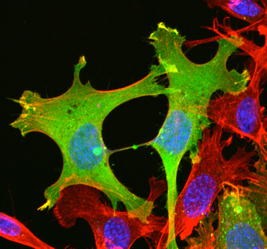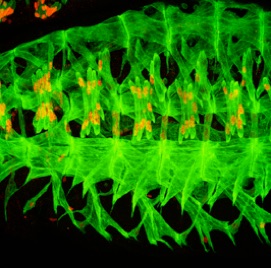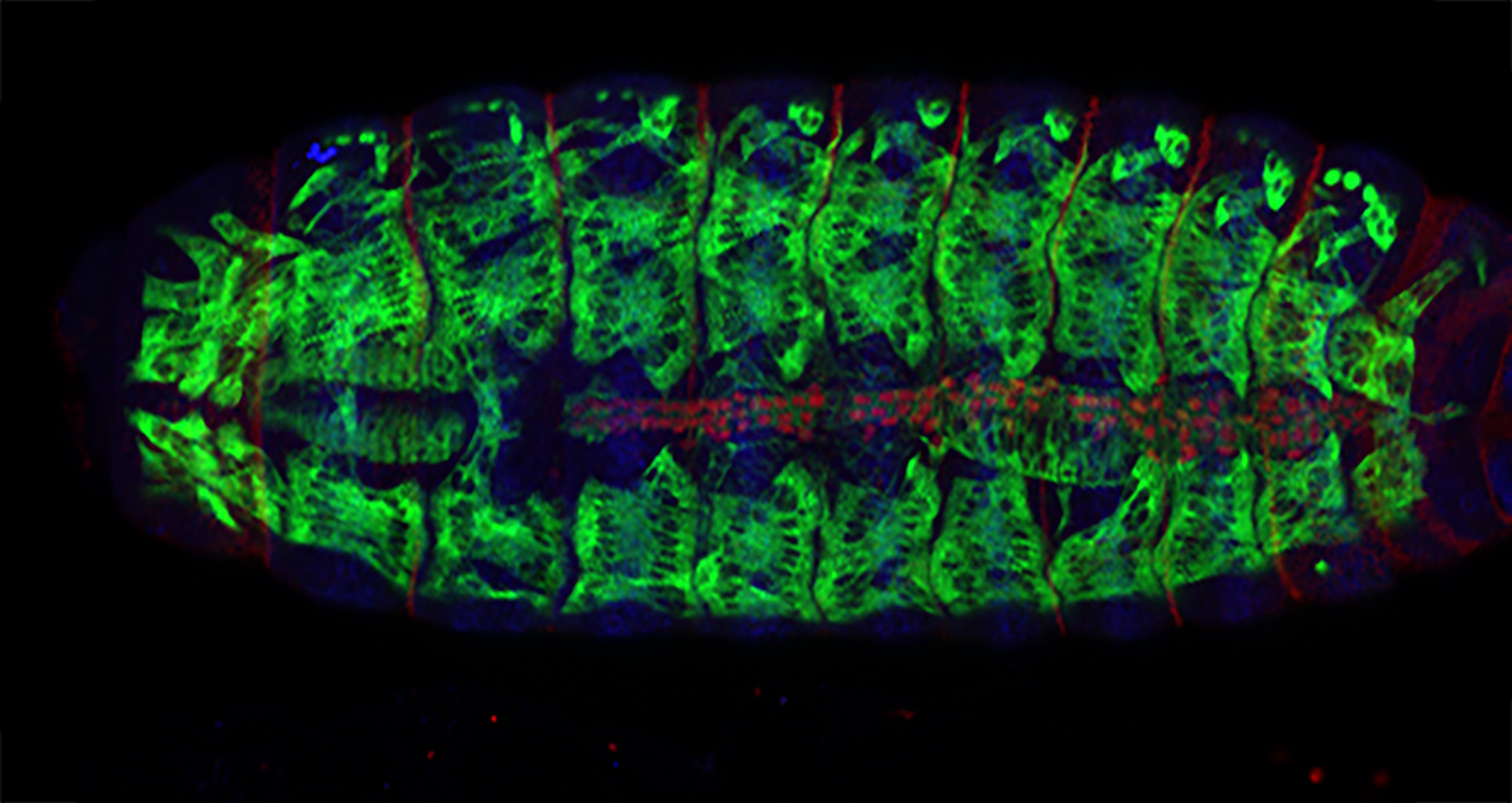The Nowak Lab



The Nowak lab uses myogenesis as a model system to study mechanisms of gene regulation
during organismal development. Myogenesis collectively refers to the formation and
development of muscle, such as the body wall muscles in Drosophila melanogaster, the skeletal musculature of vertebrate animals, and the cardiac muscle that comprises
the heart. During muscle formation, mononucleated myoblasts differentiate by expressing
muscle-specific gene products under the control of these transcription factors, and
fuse together to form a multinucleated muscle fiber. The differentiation and fusion
process is essential not only for embryonic muscle development but also for the maintenance
and regeneration of healthy adult muscle in mammals. Disruption of muscle homeostasis
and regeneration results in progressive muscle wasting and degeneration.
Understanding the differentiation and fusion process of myogenesis is critical for
improving efficacy of therapies aimed at mitigating or reversing the devastating effects
of muscle wasting, which can occur due to muscle injury, stroke, cancer cachexia,
and muscular dystrophy disorders.
We use a combination of Drosophila genetics and mouse tissue culture systems to understand regulation of the different events that occur during muscle formation.
Additionally, we are actively collaborating with the McMurry Laboratory at Kennesaw State University to develop cell penetrating peptide-based methods of protein cargo delivery to the interior of eukaryotic cells.











